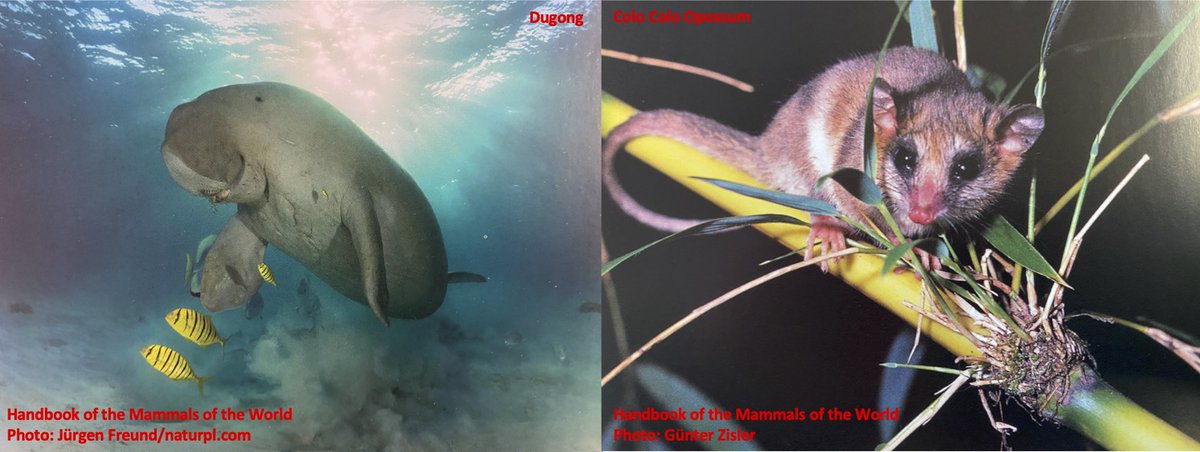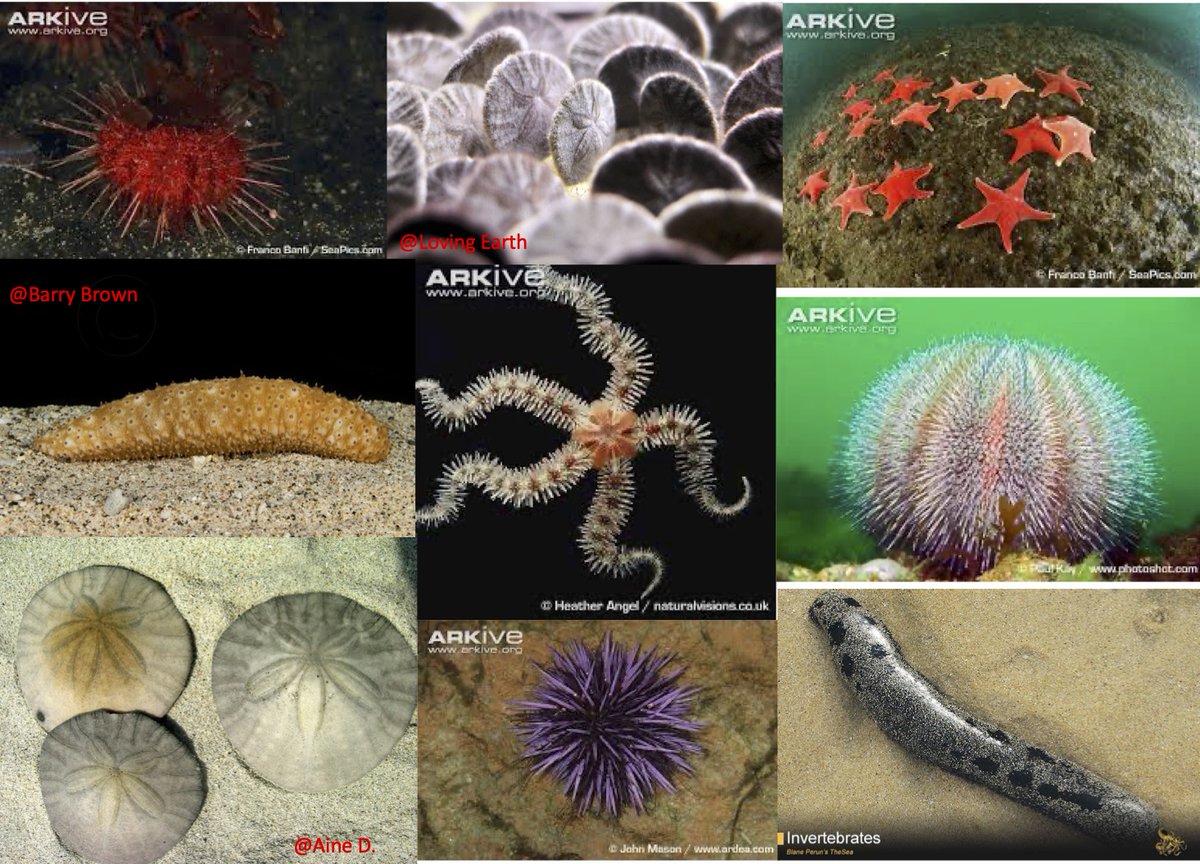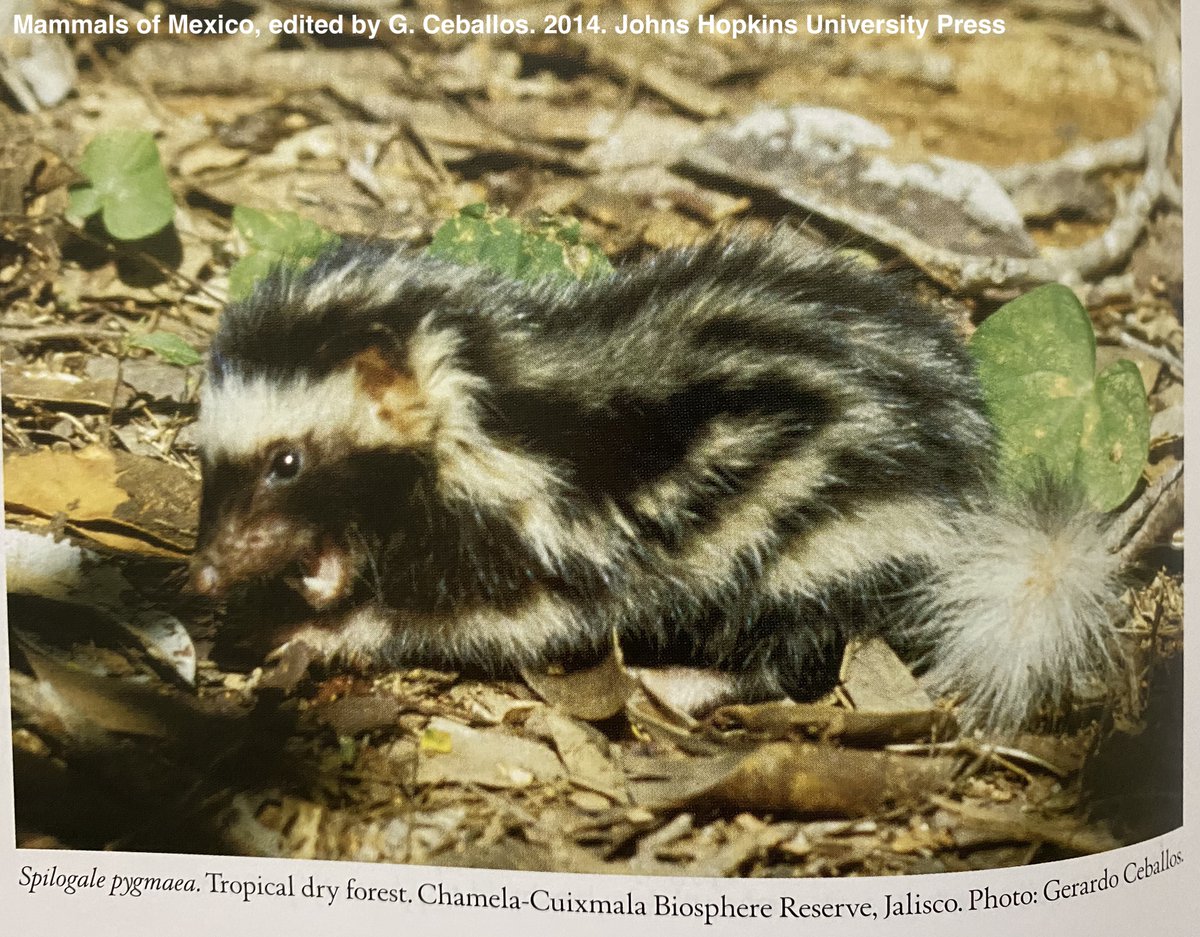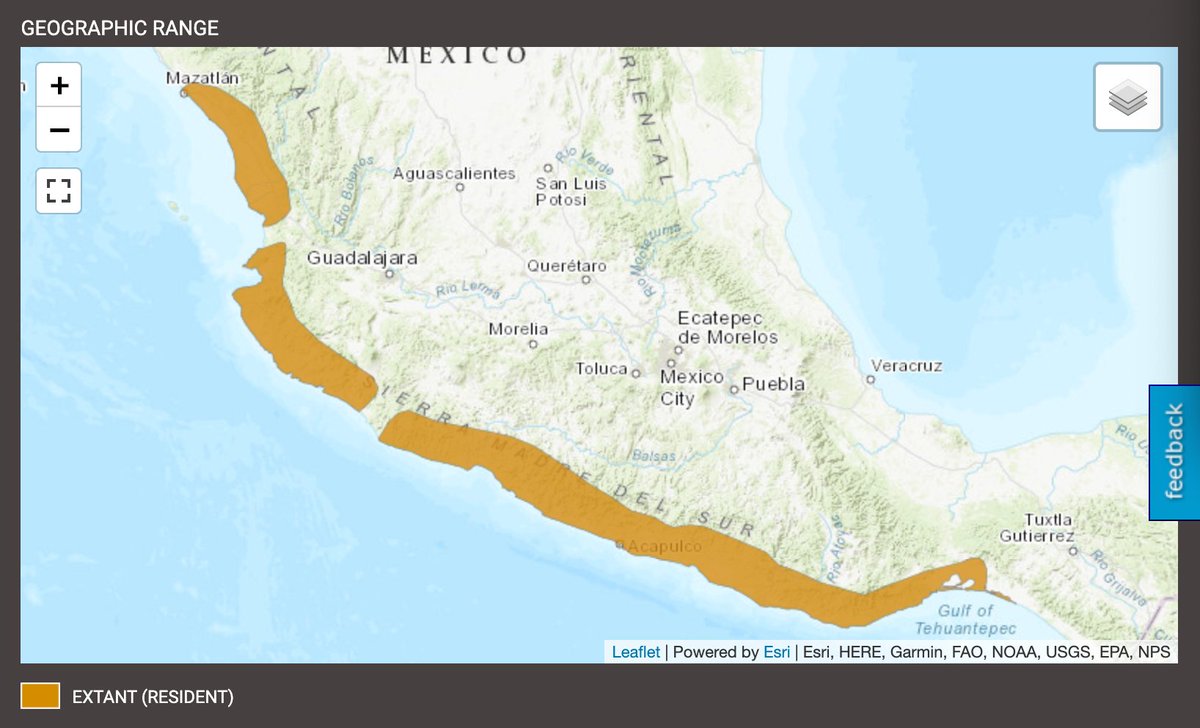FIRST UP: No.1 seed Dugong (Dugong dugon) vs No. 16 seed Colo Colo Opossum (Dromiciops gliroides). Genetics tweets for this battle provided by the awesome @sexchrlab #2021MMM 

Dugongs are found in tropical, marine waters of the eastern hemisphere oceans. These large mammals (3m long, 300kg) never come out of the water; they are obligate, aquatic specialists #2021MMM 

Dugongs are 1 of 2 living genera within the order Sirenia. The other living genus is Trichechus, or Manatees (a #2019MMM combatant!). Tricksy taxonomy: what in the world are Sirenians? Where do they belong in the mammal phylogenetic tree? #2021MMM
Turns out, Dugongs & all Sirenians are closely related to Elephants & Rock Hyraxes (Plön et al. 2019; journals.plos.org/plosone/articl…) & Aardvarks, Elephant Shrews, Tenrecs, & Golden Moles. Amazing! These animals look so different from each other but are close relatives! #2021MMM 

Colo Colo Opossum, also known as Monito del Monte, is a small, terrestrial marsupial (220 mm, including tail, & ~40g) restricted to southern South America & is found primarily in high elevation temperate forests #2021MMM 

What makes this Colo Colo Opossum Taxonomically Tricky? Well, you would think that this South American marsupial & other members of the Order Microbiotheria would be closely related & most similar to other South American marsupials, right? Nope! WRONG! #2021MMM
Chromosome structure, morphology, & genetic data definitively show that Colo Colo Opossum & all Microbiotheria are more closely related to AUSTRALIAN marsupials (Suárez-Villota et al 2016 …lecularcytogenetics.biomedcentral.com/articles/10.11…; Nilsson et al. 2010 journals.plos.org/plosbiology/ar…) #2021MMM 

This means all living Australian marsupials share a common ancestor with Colo Colo Opossum in the Americas, supporting the trek of marsupial mammals from South America, across Antarctica, into Australia (shallow water & warmer climate) over 50 million years ago #2021MMM 

The site for tonight's first battle is just off the shore of Talibong Island, Thailand. Mating season just wrapped up (Adulyanukosol et al. 2007 link.springer.com/article/10.100…) & our male, herbivorous Dugong is busy grazing in a shallow seagrass bed #2021MMM 

Colo Colo Opossum is way out of her element; she prefers the ground & trees. All of this water is disconcerting to say the least. Colo Colo Opossum clings desperately to the piece of wood she has found herself on, floating & surrounded by water #2021MMM
Dugong happily & cluelessly munches on seagrass, rooting around in the sand on the seafloor [video is a dugong grazing & swimming] #2021MMM
The waves are rocking Colo Colo Opossum's piece of wood & she struggles to maintain her balance. And to top that off, Colo Colo feels the water dragging her raft away from land. It's low tide! #2021MMM
Colo Colo Opossum frantically looks around & notices newly exposed vegetation along with random floating debris. These provide a perfect bridge for Colo Colo to use to scramble to land. Colo Colo abandons the field of play! [gif is person running over water] #2021MMM
Meanwhile, the low tide doesn't bother Dugong at all; there's still plenty of water & available seagrass for continual, uninterrupted grazing (Sheppard et al. 2010 onlinelibrary.wiley.com/doi/full/10.11…) #2021MMM
DUGONG OUTSWIMS COLO COLO OPOSSUM!!! #2021MMM
Even with this one & done #2021MMM appearance of Mircrobiotheria, March Mammal Madness has now featured combatants from ALL Mammalian Orders!!!
• • •
Missing some Tweet in this thread? You can try to
force a refresh














